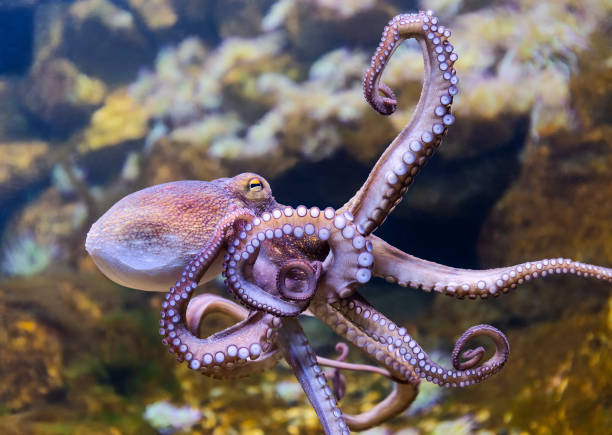Abstract Animation: Molding Reality through Unseen Dimensions
Introduction: Delve into the enigmatic realm of abstract animation, a genre that pushes the boundaries of visual storytelling. This article sheds light on its historical roots, recent developments, and explores how this artistic movement shapes modern entertainment.

The Genesis of Abstract Animation
In the early 20th century, a new artistic movement was born, one that sought to shatter the traditional constraints of storytelling and visual representation: abstract animation. This genre emerged in the hands of pioneering artists like Walter Ruttmann and Oskar Fischinger, who sought to explore the unseen dimensions of reality through non-objective forms and movement.
Abstract animation is the uncharted territory of the animation world—eschewing realism, it manipulates shapes, colors, and motions to create a unique narrative. This genre is an amalgamation of various art forms, including painting, sculpture, dance, and music, which are unified in a harmonious symphony of visual poetry.
A Spectrum of Progress: The Evolution and Impact
Fast forward to the present, abstract animation has significantly evolved, demonstrating its adaptability and relevance. Technological advancements have opened new avenues for experimentation, allowing creators to construct intricate, multi-layered narratives that challenge the viewer’s perception.
Abstract animation’s influence is evident across different entertainment platforms, from music videos to feature films. These creations provoke thought, evoke emotions, and stimulate discussions, thus demonstrating the genre’s potential to transcend beyond mere visual appeal.
The Significance of Abstract Animation in Contemporary Culture
In today’s digital age, where visual content saturation is a reality, abstract animation stands as a breath of fresh air. It encourages viewers to engage actively in the process of interpretation, promoting critical thinking—a crucial trait in contemporary society.
Moreover, abstract animation serves as a powerful tool for showcasing complex ideas and concepts. For instance, it has been utilized in educational content to simplify intricate scientific theories or philosophical concepts.
The Future of Abstract Animation: A Promising Horizon
The future of abstract animation looks promising, with an increasing number of creators venturing into this genre. As technology continues to evolve, it will undoubtedly provide even more tools for artists to explore and innovate.
Furthermore, as audiences become more accepting of unconventional narratives and aesthetics, the demand for abstract animation is likely to rise. This genre’s ability to transport viewers into unexplored realms of consciousness and perception will ensure its sustained relevance and growth.
Concluding Thoughts: Embracing the Abstract
As we continue to navigate through the ever-evolving landscape of arts and entertainment, abstract animation’s role becomes increasingly significant. This genre, with its boundless creative potential and capacity to challenge traditional narrative norms, is a testament to the transformative power of artistic innovation. By embracing the abstract, we open our minds to a world of unseen dimensions, where reality is not just what we see, but what we perceive and imagine.





